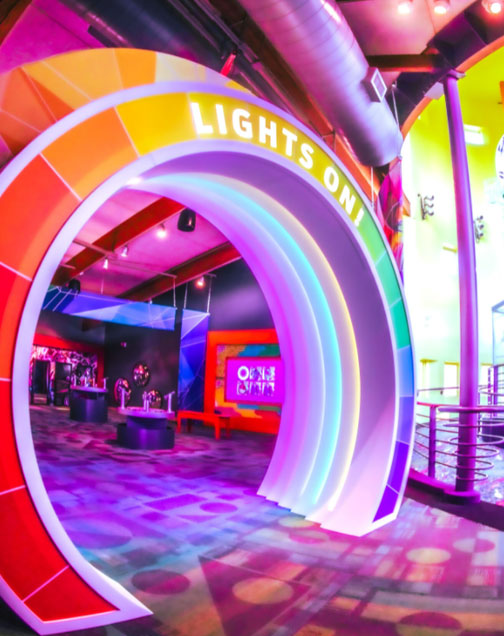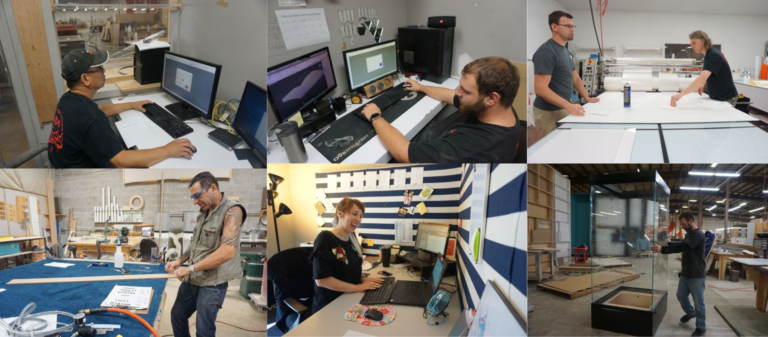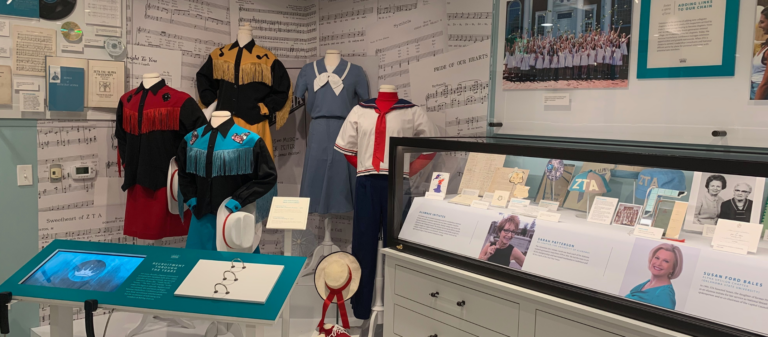It’s been a rough few years for organizations, not least of which include museums. During the pandemic, museums in the United States reported that they were working at an average of 35% capacity.
Curators and managers have had to get creative and nuanced when it comes to engagement. Taking a cue from the corporate world, steps have been taken to enhance museum technology in a post-pandemic world.
Several of the same institutions are now keen on the benefits of interactive museum technology. Using current technology, places like Stepping Stones Museum for Children are paving the way for many types of museums.
What Are the Most Common Types of Museum Technology?
There is a multitude of ways that technology works in a museum setting. The pandemic forced museums to think outside the box about the definition of an interactive museum. Here are some of the most common types of museum technologies.
Apps
Visitors love being able to do self-guided tours of museum exhibits. They can set their schedule and avoid the hassle of trying to keep their kiddos entertained between programs and exhibits.
Additionally, it allows the parent or guardian to customize the experience. This is especially helpful for home-school instructors that have specific requirements to meet.
This also helps teachers and students with a tight schedule, because they can hit the things deemed “important” for the specific instruction rubric.
QR Codes
Like the advantages of apps, QR codes allow visitors to customize their experience. If an exhibit doesn’t interest them, they can move on to one that is more in tune with what they or their children are looking for.
QR Codes may seem like pretty simple museum technology, but they can be important in encouraging annual memberships. Parents won’t have to drag their kids through something geared toward toddlers if they don’t want to, for example. It’s beneficial for the parents likewise because they don’t have to try to entertain a toddler for 20 minutes while other kids learn.
Touch Screens
While a dirty touch screen can set off the “ick” alarm in most parents’ minds, they are still a novelty to children. As with the other technology listed above, it also helps with the customization of the visit.
Parents can let their kids poke away at the touch screens without fear of them ruining their personal devices and it gives the visiting children the opportunity to learn about things that look interesting to them of their own volition.
Augmented Reality
Augmented reality is a surefire way to get a kid’s attention for interactive museum technology. It immerses them in the exhibit or activity and promotes situational and tactile learning. It’s also pretty cool for any visitor, despite age.
If a kid watches an interpretive program on pirates, they might like it – especially if the interpreter is a professional. When you add in augmented reality like a virtual parrot on the pirate interpreter’s shoulder, you’ve got their attention and you are immediately creating memorable experiences for them.
Memorable experiences are what small children thrive on. When they remember that (hypothetical) pirate with the cartoon augmented reality parrot, they’re going to retain the hidden history lesson.
Virtual Reality
Virtual Reality is not only for fans of video games. VR allows visitors to have an experience in museum technology that they’re not accustomed to. It can put them at the top of Mount Everest or at the bottom of the Marianas Trench and they will remember the experience simply because it was immersive and unusual.
Stepping Stones Museum for Children
A world-class example of interactive museum technology, Stepping Stones Museum for Children in Norwalk, Connecticut took the proactive step of working with the 1220 Exhibits to use current technology to improve their museum exhibits during the pandemic.
While some children thrive in an environment of auditory or visual learning, Stepping Stones worked with 1220 to take advantage of the successful method of hands-on learning. Proving that tangible and intangible learning is possible in the format, Stepping Stones has paved the way for effective interactive museum technology.
What Museum Technology Is in Use at Stepping Stones?
A number of different technologies have been implemented at Stepping Stones. 1220 Exhibits was able to assist with all of the following.
- Animatronics
- X-Ray technology
- Outdoor kinesthetic exhibits
- Interactive kinetic sculpture
- Solar energy
- Wind tunnel
- LED light gallery
- Multimedia Gallery
- Green-screen
Prepare for the Future of the Museum Experience
The world of learning has taken a 180-degree turn since the pandemic. Responsible museum managers understand that adaptation is vital. There are always improvements to be made and evolving with society is a linchpin of the museum management industry.
To learn more about the Stepping Stones Museum or 1220 Exhibit’s work, visit our website!







